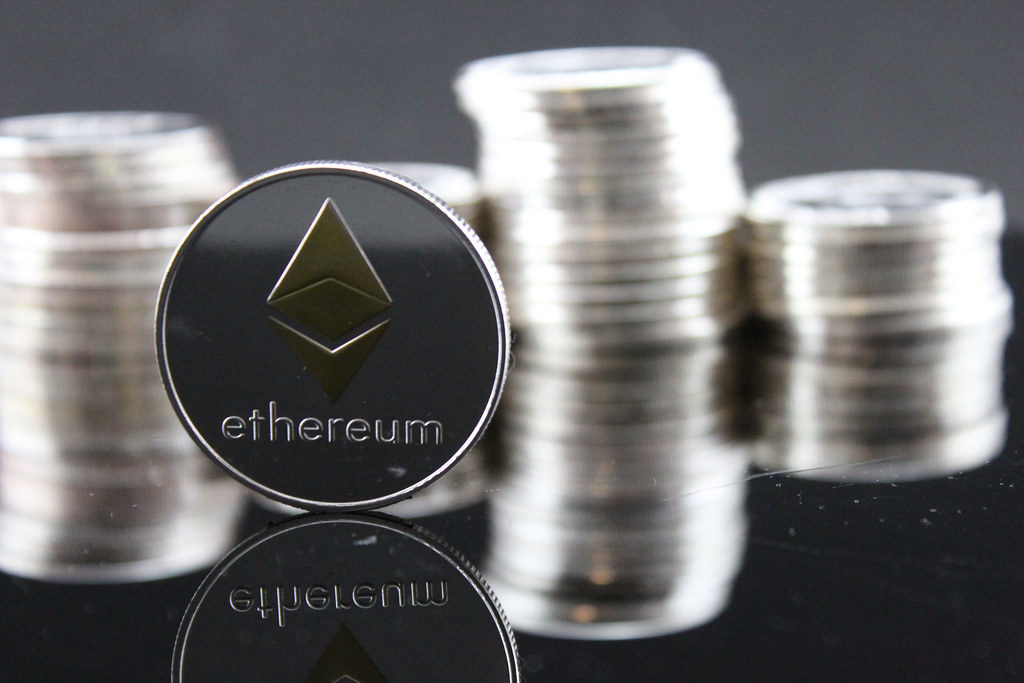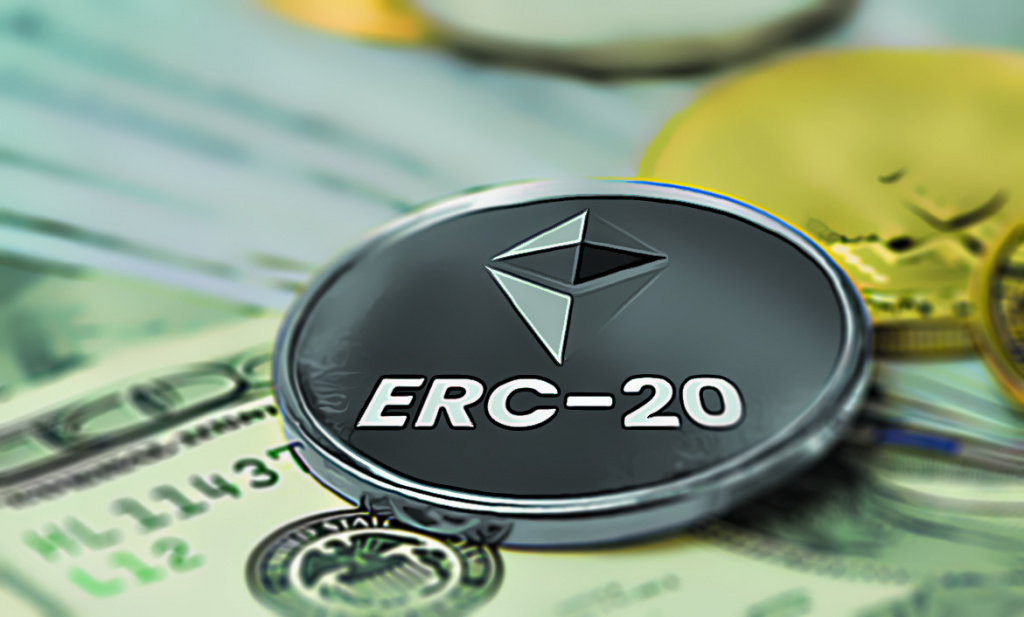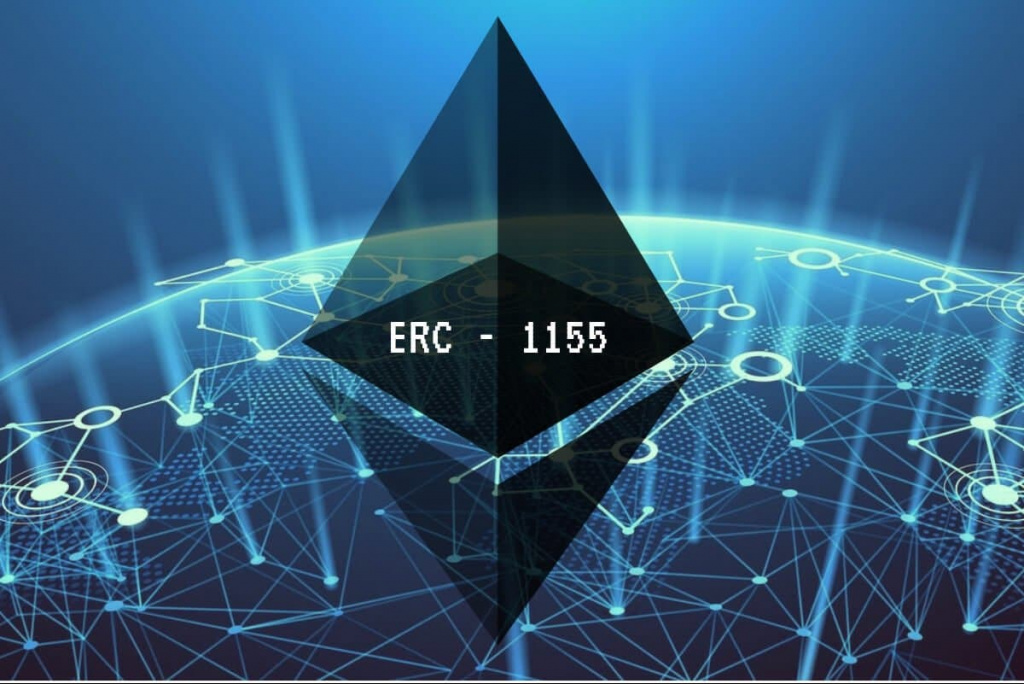Find answers to all your crypto questions here. Discover everything you need to know about best crypto exchanges & become an expert of the fastest growing industry. Blogs
Understanding Ethereum Token Formats: From ERC-20 to ERC-865
Over time, the blockchain increasingly penetrates into our lives, and it becomes necessary to understand its main technologies, including the work of decentralized applications (dApps). Most dApps are currently created on Ethereum, and their capabilities are much more flexible than the release of the usual ERC20 tokens.

Why Are These Standards Necessary?
Inside the smart contract, you can write the unique mechanics of the token. It will work, but other developers will not be able to access it using generic logic.
Example: you created a token for a game item (decentralized gaming is actively developing now) and you want it to be traded on marketplaces for in-game items. However, marketplaces don't know how to access functions within your contract; they need a separate smart contract to support your token.
Standards come to the rescue. Knowing how to interact with them, the creators of other dApps have done everything necessary to work with a token on a certain standard.
How Standards Come Across
Ethereum is an open-source project, so any user can propose a new token standard. If the standard solves some important problem, then it can become the official Ethereum standard.

The starting point for classifying token standards is their interchangeability. Fungible tokens are equal to each other, they can be used as currency. Semi-fungible tokens are almost indistinguishable from each other, but still unique (for example: cinema tickets, as the cost may be the same, but each one has a unique place). Non-fungible tokens (NFTs) are completely unique. That is a tokenized object in a single copy (example: copyright objects). The example is one of the first games on Ethereum (and the ERC-721 standard), CryptoKitties.

ERC-20
The most famous standard of fungible tokens is ERC20, which was proposed by the creator of Ethereum Vitalik Buterin back in 2015. This token is widely used for various types of initial offering. It’s better to avoid the terms ICO and IEO, because now they are far from the only ways to conduct a public offering of tokens.
Features: an interchangeable standard, a ticker for exchanges, divisible (the number of digits after the decimal point is determined by the creator of the smart contract), has a total supply.
A lot has already been written about ERC-20, so let’s move to other standards.

ERC-721
This standard is widely used to create unique tokens. Land in Decentraland, Binance Collectibles, here are some examples of ERC-721.
ERC-721 was proposed as an EIP (Ethereum Improvement Proposal) by Dieter Shirley in 2017, and became official in 2018.
Features: not an interchangeable standard, no ticker, indivisible, exists only in a single copy.
ERC-721, like ERC-20, is widespread, so there is no need to dwell on it.

ERC-777
This format is an "improvement" of the familiar ERC-20. It is backward compatible with ERC-20, but has several advantages:
- When exchanging tokens, it uses one transaction instead of two in ERC-20;
- Automatically cancels transactions for incompatible contracts;
- Can mark unreliable addresses;
- Is able to appoint operators (addresses that have the right to send tokens from another address);
- accelerated transactions.

ERC-223
The sending of transactions to random contracts can be prevented. If the smart contract cannot handle specific tokens, they are returned to the sender.

ERC-1155
The idea of this standard was proposed by the developers of the Enjin project in 2018. Enjin is a project that aims to simplify the creation of games on Ethereum. Therefore, the standard proposed by them should first be considered as a game standard, although its application is not limited to this.
Features:
- Allows you to issue multiple tokens in one contract;
- Tokens in one contract can be fungible and non-fungible at the same time;
- Supports atomic swaps;
- Supports "batch" transactions;
- Not all transactions have to wait for the end of the block.
If the first two points are clear, the third and fourth can raise questions. Let's start with atomic swaps.

Atomic swaps
One of the reasons for the rejection of the blockchain is the inability to quickly and efficiently (in terms of fees) exchange one token for another (and the number of different tokens is increasing all the time). The solution to the problem has already been created - these are atomic swaps. Usually, Atomic swaps are seen as the technology of decentralized exchange between cryptocurrencies of different independent blockchains. It is also worth considering atomic swaps in the context of exchanging tokens within a smart contract.
It is worth mentioning that while ERC-1155 has become more widespread, it borrowed a lot from the ERC875, which appeared a few months earlier. ERC-875 offered the same functionality besides supporting fungible tokens.

ERC-865
A standard similar to ERC-20. The main difference is that it uses the tokens as fees instead of gas. Due to the complex gas commission payment system (the gas price is chosen independently), and the unpredictability of the commission size, such an improvement can be very useful for accepting tokens on Ethereum.

Final Thoughts
I have not considered all the existing standards, but if we talk about all ERCs, they are basically similar to each other, and offer either a solution to ERC-20 problems, or an application in a separate niche. However, you should still mind the differences if you plan to deal with crypto closely.
















Comments 0